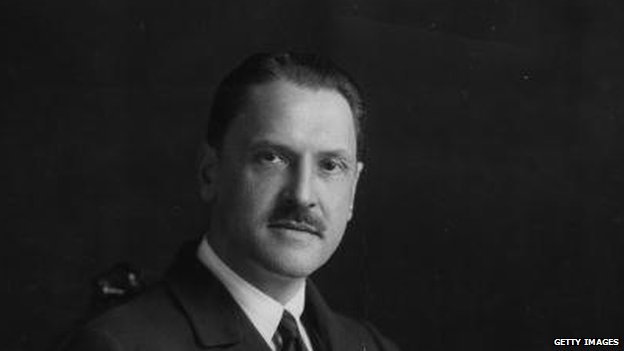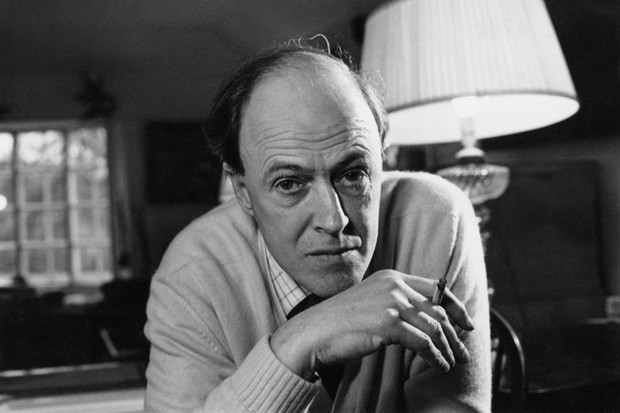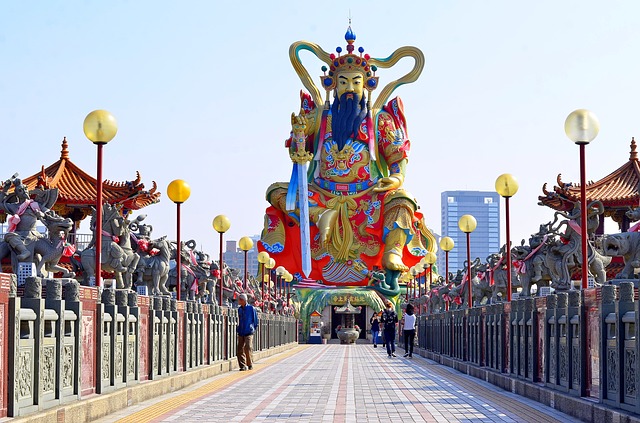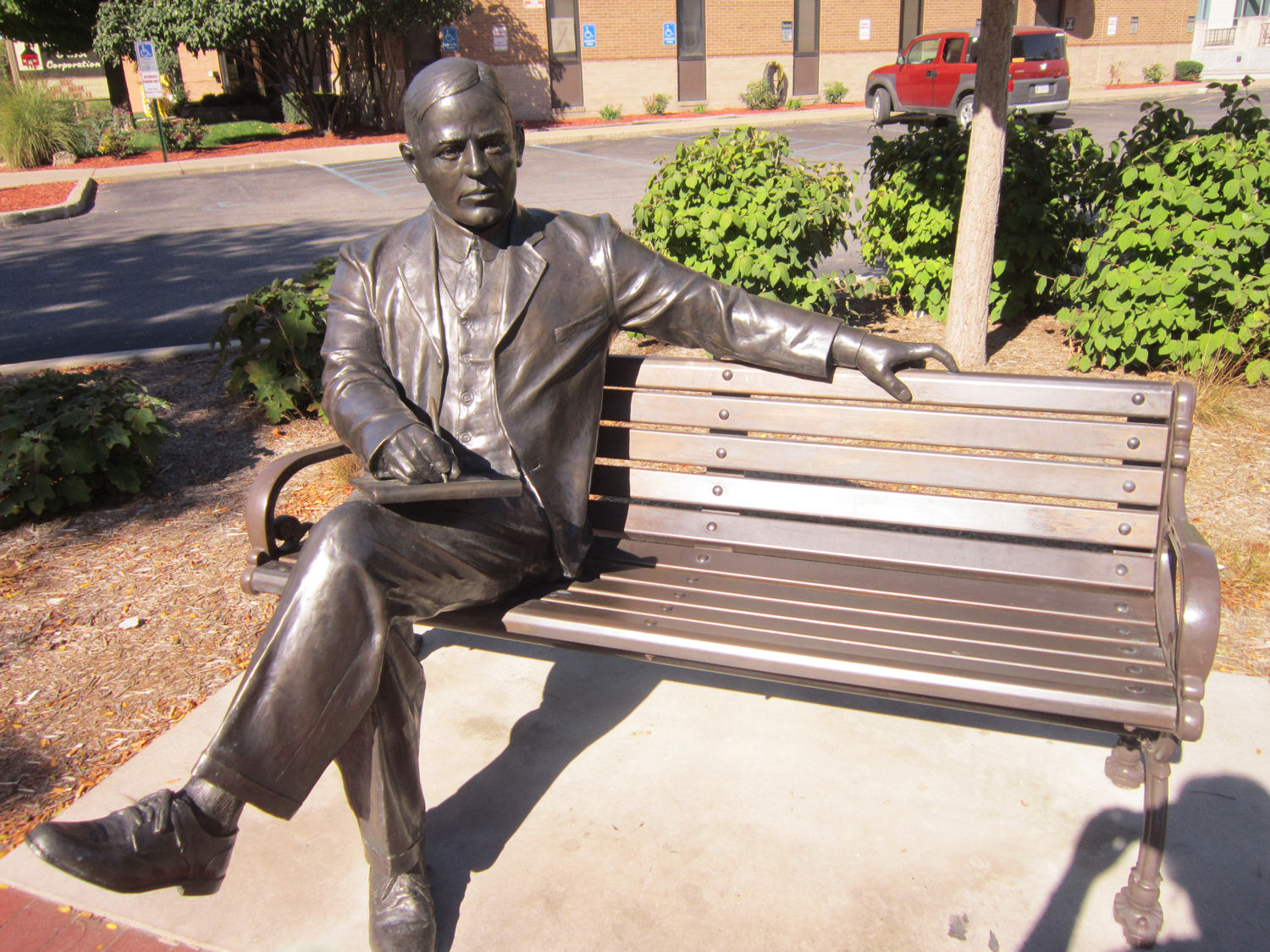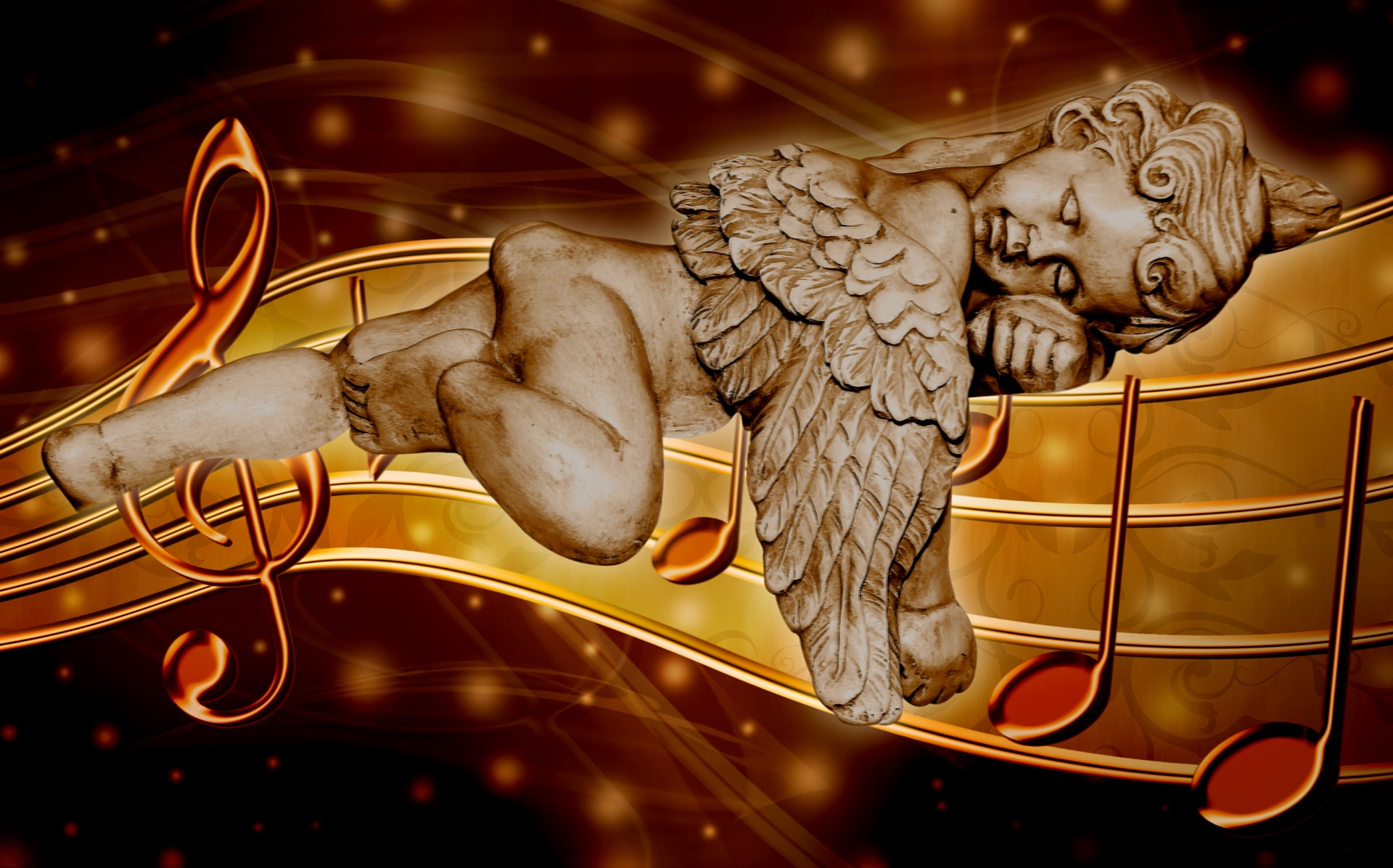In this Story of an Hour summary, we will relate the events that take place in the story. Since Mrs. Mallard suffered from a weak heart, care was taken by her sister, Josephine, to break to her the news of her husband’s death as gently as possible – through broken sentences and hints. For this sensitive task, Josephine was accompanied by Richards, a friend of Mr. Mallard, who had been at the newspaper office when the news of Bentley Mallard’s death was first received.
The manner in which Mrs. Mallard received the news was not in keeping with how most women in her situation would have been expected to behave. Instead of being paralyzed with grief and disbelief, Mrs. Mallard bawled her eyes out in her sister’s arms. And having braved an intense wave of grief, she went into her room, pleading to be left alone.
Once inside the room, exhausted, she plonked herself on a comfortable armchair facing an open window. The mood outside the room was one of rejuvenation. Tree-tops looked fresh with freshly sprung leaves, the air betrayed the delicious scent of rain, a distant song was being played somewhere, sparrows were singing their own song, and the sky outside looked beautiful with fluffy patches of clouds. And Mrs Mallard stared at this setting blankly. Her gaze was not one of reflection but one that came about when one is supressing a thought. However, she felt as if the youthfulness of her environs were trudging her to vocalize that hidden thought. And ultimately, the thought mounted to the surface of her mind tumultuously. In hushed whispers, she repeated to herself again and again the words “Free”. At once, her vacant stare was replaced with brightness, her pulse was fast, and her heart was pumping blood with renewed vigour. She wondered briefly, if it were a monstrous joy that was gripping her.
Mrs. Mallard knew that she would weep again when she’d see the dead body of her husband, who was ever so loving towards her. But beyond that brief painful moment, she envisioned years when she would belong to herself and herself alone. The bright thought of such freedom made her spread out her arms in relief. She was relieved that she was finally free of her conjugal obligations, and did not have to accommodate the will of another human in her life – something that marriage makes imperative. It was not that Mrs. Mallard was without love for her husband. It was simply that her love for her newfound freedom trumped the love she held in her heart towards her husband. Gripped with enthusiasm, Mrs. Mallard began whispering to herself, “Free! Body and soul free!”
Outside her bedroom door, her sister was kneeling and imploring her to let her in, worried that Mrs. Mallard would make herself sick. However, Mrs. Mallard asked her sister to go away, assuring her that she was not making herself ill at all. And indeed, Mrs. Mallard was “drinking in the very elixir of life”. Her imagination was running wild, painting pictures of jolly days that lay ahead of her, which she would now have complete ownership over. She muttered a small prayer, urging that life may be long.
When she finally opened her bedroom door, consumed by triumph, she waltzed out of as if she were the goddess of victory. Clasping her sister’s waist, she descended down a flight of stairs, where Richards was waiting for them.
In that moment, the sound of someone opening the door was heard. And behind the door stood no other than Mr. Mallard, who looked a little weary from travel. Not only had Mr. Mallard not been at the scene of the accident; in fact, he did not have any knowledge of the same. Richards, worried that the sudden jolt of seeing her husband back would take a toll on her heart, tried to shield her from the view. But it was too late. Mrs. Mallard collapsed and died. When the doctors visited her, they pronounced that it was her heart that killed her – out of sheer joy.
Story of an Hour analysis and Explanation
This Story of an Hour analysis, engages with the short story at a deeper level.
In the 19th century America, women were still perceived as inferior to men; and it was believed that they were the property of their husbands and should continue to remain dependent on them. The Story of an Hour delineates the events that take place in the life of one such 19th century American woman, namely Louise Mallard. However, this hour is no ordinary hour, for in the span of this short timeframe, Louise is given freedom from marriage, when she hears of her husband’s demise; and the same is snatched away from her, when Mr. Mallard appears at her doorway. The short-lived joy and ecstasy that grips Mrs. Mallard upon her discovering that she was finally a free woman comprises the main crux of the story. This joy and ecstasy that Louise felt upon becoming a widow was the product of the oppression she had felt as a married woman. She had spent her married life accommodating her husband’s obligations and will, and now that she could finally be free of such wifely duties, Louise’s joy held no bounds. In fact, it was a joy that overcame any sense of loss that she felt upon the demise of her husband. This joy is emblematic of the supressed desire that the women of Louise Mallard’s time felt to have an identity of their own, removed from the domestic setting that the society put them in.
The Story of an Hour bears testimony to Kate Chopin’s effective writing style. She has used fluid sentences and short paragraphs in order to best capture the drama of the one defining hour of Mrs. Mallard’s life. There are no flashbacks and long introspections. Instead of narrating details from past that would indicate the supressed life of Mrs. Mallard as a married woman, the story manages to convey the same by stressing more on the storm of joy Louise felt upon the death of her husband. The story does not give us a detailed overview of the inner workings of Mrs. Mallard’s mind. Instead, by focusing on the elation of Louise, Chopin manages to convey to the readers that Mrs. Mallard was finally relieved to be free of her conjugal duties towards her husband.
The plot of the story is simple and fluid. For the rising action, we have Mrs. Mallard finally acknowledging to herself that she is a free woman and allowing joy to fill her being. The climax of the story comes about when Mr. Mallard enters into the house, very much alive. And the resolution of this plot is a tragic one, with Mrs. Mallard dying of her heart troubles, unable to contain the shock of seeing her husband back and her newfound freedom being snatched away.
The story is narrated from the third person point of view, which allows the readers to speculate on Mrs. Mallard’s predicament as a by-stander. Since we do not have direct access to Mrs. Mallard’s internal train of thought, and are only given insights by the omniscient narrator’s commentary, we are given the chance to imagine for ourselves the suppression a woman must have undergone for her to predominantly feel elation upon her husband’s demise.
The ending of the story is rather ironical. The doctors sate that it was the joy of seeing her husband back alive that took a toll on Mrs. Mallard’s heart and killed her. However, the readers know that it was actually the joy of losing her husband and the sudden snatching away of that joy that actually killed Mrs. Mallard. The doctors were correct about the joy, but they were wrong about the source of it.
The Story of an Hour Setting
The milieu in which Story of an Hour is contextualized in 19th century America – a time when women were still oppressed by the crutches of patriarchy, viewed in a subservient position to men. It is in this setting that we view an elated Mrs. Mallard, who cannot contain her joy at having found freedom upon the death of her husband. It is through this repressive setting that the readers are made to question a society where the only means through which a woman could truly be free was if she was widowed. The more immediate physical setting of the story is the Mallard house, in which the events of the story take place. The Mallard house has a dim atmosphere, made grievous by the sobbing of an inconsolable Mrs. Mallard. However, the fresh setting outside the house, with green trees and chirping sparrows, accurately represents the mood of Mrs. Mallard, who, in reality, felt sheer joy course through her veins at having found freedom from marriage, and the freedom to be her own person.
The Story of an Hour Characters
The Story of an Hour characters comprise the main protagonist, Mrs. Mallard and the minor characters, her sister, Josephine, her husband’s friend, Richards, and Mr. Mallard himself.
Mrs. Mallard is emblematic of the typical oppressed women of 19th century America, who was quarantined to the identity of a wife inside a domestic setting, within a conjugal framework. On the outset, it seemed as if these women were happily settled in their lives; however, in reality, many like Mrs. Mallard could not wait to be free from the shackles of society that insisted upon them the identity tag of a wife. Mrs. Mallard is not cruel, for she does feel pain upon the loss of her loving husband. However, this pain she feels is short-lived for her desire for independence trumps every other emotion. Louise held this desire of self-assertion so strongly in her heart that it could not even wait for her husband to be buried to be acknowledged. This supressed desire coursed through Mrs. Mallard’s veins like wildfire. And finally, when freedom was hers to enjoy, she could not help but feel rejuvenated and youthful upon being free at last. Characters like Mrs. Mallard make us question such a society where women would be stripped of their unique identities.
The other characters, Josephine and Richards, by their careful treatment of Mrs. Mallard as a delicate being, reiterate patriarchy’s notion that women are fragile beings who cannot handle big blows of life.
The Story of an Hour Theme
The overarching The Story of an Hour theme comprises women’s ache for independence and the stifling institution of marriage – with one theme lending to the other.
Marriage is supposed to be a matter of love; but for a woman oppressed at the hands of patriarchy, marriage becomes a cage where she is put on society’s demand. She is first a wife before being seen as a human. Mrs. Mallard exemplifies this woeful predicament, where a woman can only find independence to discover the kind of individual she is once her husband is dead. The joy that Mrs. Mallard can barely contain upon being informed that she is a widow shows us how deep this ache for independence ran inside the minds and hearts of thus oppressed women – so much so that they would treat the loss of their husband as their only shot to freedom, independence, and self-assertion.
This story takes a very interesting stance on marriage. Instead of viewing marriage as the union of two loving beings, it shows marriage as the sanctioning of a mutual relinquishing of free will. According to the story, marriage is a confining structure, created on obligations, which stops an individual from asserting their own identity because they have to constantly accommodate the whims of another person. This predicament is more conspicuous in case of women, who have to forego every morsel of self-assertion once they are placed into the domestic-conjugal frame of life. For such women, marriage then becomes a trap from which they cannot escape. And they have to make peace with this negation of self, until their husbands die, which is the only time when they can truly have autonomy over their life.
The Story of an Hour Symbolism
The Story of an Hour symbolism centres around the two major symbols that are used: heart disease and open windows.
The heart disease that Mrs. Mallard suffered from can be viewed as the symbol of suppression of self and a negation of one’s unique identity. Mrs. Mallard belonged to a society in which women were seen as properties of men; and she was no different. With her identity bound to a man, Mrs. Mallard had little ownership over her own life. This must have led to a lot of suppression of elemental desires, such as the desire to discover oneself outside of the restrictive framework of marriage. It can be said that it was all of these suppressions and the repressive married life that Mrs. Mallard led that led to her heart condition, for her heart was not happy in the life that she was leading.
The symbol of open windows represents the opportunity to practice autonomy over one’s life. The story shows Mrs. Mallard looking out of this open window in a pensive state. What Mrs. Mallard was actually looking at was a life of freedom and independence at last, for her husband was finally dead, and all her days were finally hers to be spent living whichever way she deemed fit. The open window then signifies the freedom that a person can enjoy only when they do not have a life partner defining them and their life.
Conclusion: The Story of an Hour
The Story of an Hour is an interesting story that brings to us a married woman, Mrs. Mallard, who upon receiving the news of her husband’s death is elated as opposed to being grieved. This elation is a powerful means through which Chopin shows just how oppressive a structure marriage can be for women, so much so that they would feel overjoyed upon the loss of their husband for it meant freedom. It is through Mrs. Mallard’s embracing of her newfound freedom that readers get insights into the negation of self women had to undergo in order to accommodate the presence of their provider – the husband. When viewed in this light, the story then posits a powerful critique of 19th century America and the subservience of women, which was very common in that society and milieu.
Some online learning platforms provide certifications, while others are designed to simply grow your skills in your personal and professional life. Including Masterclass and Coursera, here are our recommendations for the best online learning platforms you can sign up for today.
The 7 Best Online Learning Platforms of 2022
- Best Overall: Coursera
- Best for Niche Topics: Udemy
- Best for Creative Fields: Skillshare
- Best for Celebrity Lessons: MasterClass
- Best for STEM: EdX
- Best for Career Building: Udacity
- Best for Data Learning: Pluralsight
